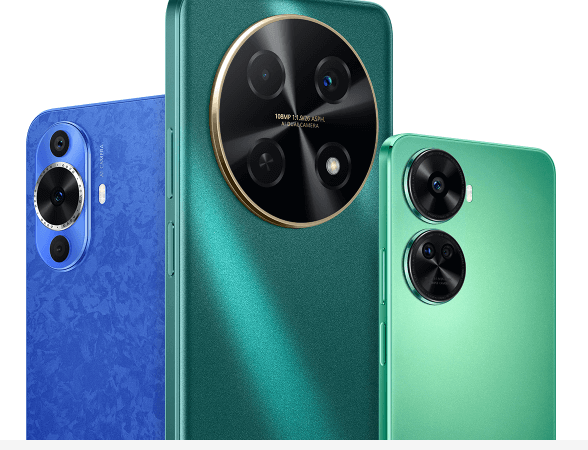
Unleashing the Power of Magnetic Charging: Can You Use it with a Protective Case?
The way we charge our gadgets has changed a lot because of magnetic charging. It is a popular choice among tech fans because it is convenient and easy to use. If you put a case on your device to protect it, you might be thinking if magnetic charging is still a choice. We will talk about the things you should think about when using magnetic charging with a secure case in this part.

Factors to consider when using magnetic charging with a protective case
- For starters, ensure your protective case is magnetic charge -compatible. Some cases need to fit magnetic chargers. Cases might disrupt the magnetic field or impede charging. Look for magnetic charging or manufacturer-approved cases to make sure they work with your phone.
- The protective case thickness is another factor. Magnetic chargers employ magnets that can pass through the material. A thick case may prevent the charger from firmly connecting to your phone. The magnetic charger’s manufacturer recommends cases within its width range.
- Magnet placement in your shielded case might also affect charging speed. Magnetic chargers need a robust and solid connection to the device. If your case magnets aren’t aligned with the charger, the connectivity may be weak, and charging may lag. Cases with magnets that facilitate charging are excellent.
Hence, it’s advisable to confirm the compatibility of your case with both charging methods beforehand to avoid any compatibility issues. By choosing a case explicitly designed for magnetic charging and ensuring compatibility with your device’s charging needs, you can enjoy the benefits of magnetic charging while safeguarding your device.
Best practices for using magnetic charging with a protective case
- To ensure a seamless magnetic charging experience with a protective case, it’s crucial to adhere to specific best practices. Opt for a compatible case explicitly designed to support magnetic charging or certified by the manufacturer for this purpose. This ensures a secure connection without interfering with the charging process. Cases that are too thick may hinder the charger’s ability to establish a secure connection.
- Proper alignment of the magnets in your protective case with the charger is also essential to maintain a strong and stable connection, optimizing charging performance. Avoiding excessive heat during charging is vital, as it can degrade the device’s battery over time. Choose a protective case that doesn’t impede charging to minimize heat generation. If you notice excessive heat during charging, remove the case and allow the device to cool down.
- Furthermore, always refer to the manufacturer’s guidelines for both the magnetic charger and protective case to ensure proper usage. These guidelines will provide specific instructions and recommendations for using magnetic charging with a protective case. By following these best practices diligently, you can ensure a smooth and efficient magnetic charging experience with your protective case, extending the lifespan of your device’s battery and optimizing charging performance.
Conclusion
Magnetic charging has unlocked new possibilities for powering our devices, offering convenience and ease. By thinking about the things this article talks about and following best practices, like picking a case that works with magnetic charging, checking the thickness, aligning the magnets, staying away from too much heat, and following the manufacturer’s instructions, you can use magnetic charging with confidence while protecting your device. Embrace the future of charging technology by investing in a protective case that supports magnetic charging. With our vast range of compatible cases, you can enjoy the benefits of magnetic charging without compromising on device protection. Upgrade your charging experience today and let your devices thrive with the convenience and security offered by magnetic charging.




